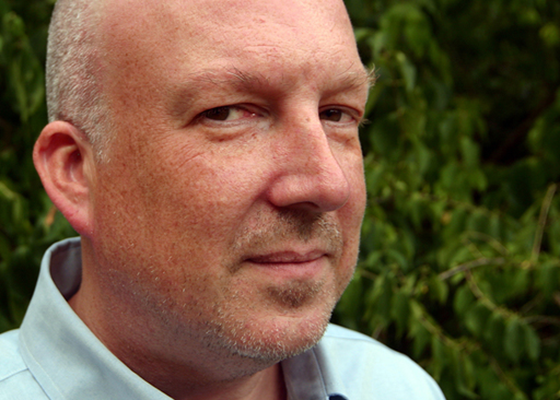
Remove CX Friction With a People-Centered Design Process
Christopher ViceNo matter how different the products or sales cycles may be, customers of all kinds—B2B, B2C, and D2C—make decisions based on the quality of their experience and how the company is meeting them on their journey. As such, the Holy Grail that companies should deliver is frictionless, tailored experiences that help them grow faster, sell more, and operate more efficiently.
The second half of that sentence is important. Yes, you should want to delight your customers and keep them satisfied. But these experiences must also make it easier and more profitable for you to do business. To do this, organizations need a seamless process that removes the bumps in the road that either cause customers to leave or diminish the company’s ROI.
Creating a frictionless experience requires reimagining the customer journey. The biggest difference between a technical process and the design process is that while engineers ask for requirements to build what they need, designers ask why so that they can reframe needs to create the most relevant solutions.
Reimagining the customer journey requires a people-centered process involving appropriate stakeholders—real people—to create incremental and iterative improvements. In contrast to a waterfall approach, this process encourages learning and adaptation to co-create solutions without running through the entire budget at once.
Let’s look at how this can be accomplished. The goal is a scalable, transferable process driven by the design mindset, which involves reimagining the experience by asking why.
Step 1: Engage Real People
Far too often, companies believe they know what their customers want and develop solutions based on those assumptions. These solutions are built in a vacuum, and if these assumptions are wrong, customers are left with a faulty tool.
Instead, it’s critical to engage with the actual, real people who are the context of what is being designed. Don’t just assume you know the steps your customers want to take in order to engage with you. Make sure they are part of the process.
Step 2: Examine the Broader Context
The purpose here is to elicit the full range of needs from all stakeholders. This range of needs can include functional and emotional needs, met and unmet needs, and articulated and unarticulated needs. But you can’t just compile these results from a survey.
It may feel like you’re asking unrelated or unassociated questions, but by probing diagnostically, you get responses that illuminate wants and needs that may not have been previously known.
Step 3: Document the Current State
Yes, it is important to document and understand the current state of the journey and the operational systems that enable touchpoints along the current journey. You need a baseline to understand the delta between the current state and the future, preferred state.
Create visual artifacts that are easier to absorb and that help larger stakeholder groups reach alignment.
Step 4: Cast a Vision for the Future State
Develop a vision of a better future state by making proof-of-concept visualizations and prototypes. Co-create and validate the vision with real people. Engage with the same customers and employees who initially helped you understand the broader context. They will help you spot gaps or identify additional issues of friction they hadn’t considered before. These sketches allow you to iteratively, and incrementally continue to improve the solution.
Step 5: Craft Using Iterative Processes
When all stakeholders are aligned, now is the time to create real solutions. And because of all the work that has been done leading up to this, you’ve created a relevant solution that is meaningful to end users. You will also deliver stacked wins to your business in the form of higher returns, faster growth, and lower costs. You’re not just capturing requirements at the beginning and running with them.
It’s also important to remember that the process doesn’t end at launch. The entire point is that the job is never really over, and there’s always room to improve and adapt.

Christopher Vice
Christopher guides our research, strategy and design teams to develop meaningful brands, services and products. He is passionate about identifying opportunities to generate solutions that meet the real needs of everyday people and advance organizational objectives.


